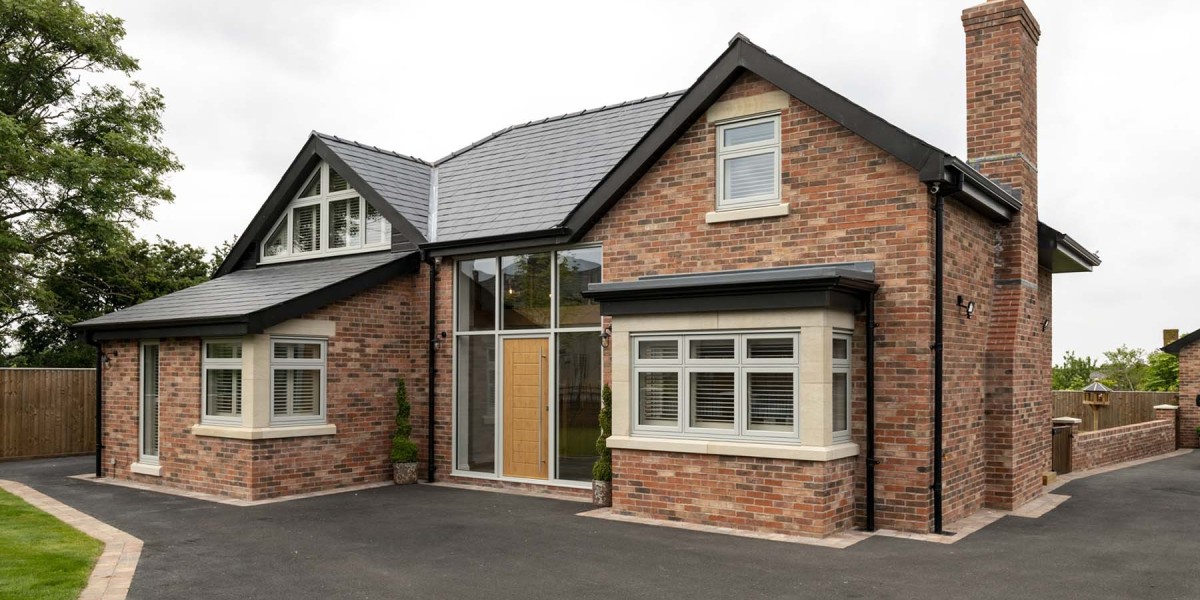In recent years, the architectural landscape has undergone significant transformations, driven by the need for flexibility, transparency, and aesthetic appeal in both commercial and residential spaces. One of the most notable innovations in this domain is the increasing adoption of glass partitions. These structures not only serve as functional dividers but also contribute to the overall design ethos of a space. This article explores the benefits, design considerations, and technological advancements associated with glass partitions, highlighting their role in modern architecture.
The Benefits of Glass Partitions
1. Enhanced Natural Light
One of the primary advantages of glass partitions is their ability to maximize natural light within a space. Traditional walls can obstruct the flow of light, leading to darker interiors that require artificial lighting. In contrast, glass partitions allow light to permeate, creating a more inviting and vibrant atmosphere. This is particularly beneficial in office environments, where increased natural light can enhance employee productivity and well-being.
2. Visual Connectivity
Glass partitions facilitate visual connectivity between different areas of a building while maintaining a sense of privacy. This is crucial in open-plan offices, where teams can collaborate effectively without feeling isolated. The transparency of glass fosters an environment of openness and communication, encouraging interaction among employees and promoting a sense of community within the workplace.
3. Aesthetic Appeal
From a design perspective, glass partitions offer a sleek, modern look that can elevate the overall aesthetic of a space. They can be customized in various ways, including different types of glass (clear, frosted, tinted), framing materials (aluminum, wood, or frameless designs), and configurations (sliding, hinged, or fixed). This versatility allows architects and designers to create unique environments that reflect the brand identity and values of the organization.
4. Space Efficiency
Glass partitions can also contribute to more efficient use of space. In urban environments where real estate is at a premium, the ability to create flexible configurations that can be easily modified is invaluable. Glass partitions can be installed to create temporary meeting rooms, breakout areas, or collaborative spaces without the need for extensive construction work. This adaptability is particularly important for businesses that may need to reconfigure their space as they grow or change.
Design Considerations
While glass partitions offer numerous benefits, several design considerations must be taken into account to ensure their successful implementation.
1. Acoustic Performance
One common concern with glass partitions is their ability to provide adequate sound insulation. While they can enhance visual connectivity, they may not effectively block noise, which can be distracting in work environments. To address this issue, architects can incorporate sound-absorbing materials into the design, use thicker glass, or combine glass with other materials that improve acoustic performance. It is essential to balance transparency with the need for privacy and quiet in specific areas.
2. Safety and Security
Safety is another critical factor when designing with glass. The use of tempered or laminated glass can minimize the risk of breakage and injury. Additionally, glass partitions must comply with local building codes and safety regulations, which may dictate the type of glass used and its installation methods. Designers must also consider the placement of glass partitions to avoid creating blind spots or areas that may pose safety risks.
3. Maintenance and Cleaning
Glass partitions require regular cleaning to maintain their aesthetic appeal. Fingerprints, smudges, and dust can detract from their visual impact, making maintenance an essential consideration in the design process. Choosing high-quality, easy-to-clean glass and incorporating features such as self-cleaning coatings can help mitigate these concerns and reduce the frequency of maintenance.
Technological Advancements
The evolution of glass partition systems has been significantly influenced by advancements in technology. Innovations in glass manufacturing, framing systems, and installation techniques have expanded the possibilities for architects and designers.
1. Smart Glass Technology
One of the most exciting developments in the field of glass partitions is the advent of smart glass technology. This innovative material can change its properties in response to external stimuli, such as light or heat. For example, electrochromic glass can transition from transparent to opaque at the touch of a button, providing privacy on demand while still allowing for natural light. This technology not only enhances the functionality of glass partitions but also contributes to energy efficiency by reducing the need for artificial lighting and temperature control.
2. Modular Systems
Modular glass partition systems have also gained popularity in recent years. These pre-fabricated systems allow for quick and easy installation, minimizing disruption to existing spaces. They can be easily reconfigured or relocated as needed, making them an ideal solution for businesses that require flexibility. Modular systems often come with integrated features, such as electrical wiring for lighting and data connections, further streamlining the installation process.

3. Sustainability Considerations
As sustainability becomes an increasingly important focus in architecture, glass partitions are being designed with eco-friendly materials and practices in mind. Recycled glass, low-emissivity coatings, and energy-efficient framing systems are just a few examples of how manufacturers are addressing environmental concerns. Additionally, the use of glass can contribute to LEED certification points for green building projects, Clean-Pro making it an attractive option for environmentally conscious organizations.
Conclusion
Glass partitions represent a significant advancement in modern architectural design, offering a range of benefits that enhance the functionality, aesthetics, and sustainability of spaces. As technology continues to evolve, the possibilities for glass partitions will only expand, providing architects and designers with innovative tools to create dynamic environments. By carefully considering design elements such as acoustic performance, safety, and maintenance, professionals can harness the full potential of glass partitions to transform the way we experience and interact within our built environments. In a world where flexibility and transparency are increasingly valued, the rise of glass partitions is a testament to the ongoing evolution of architecture and design.






